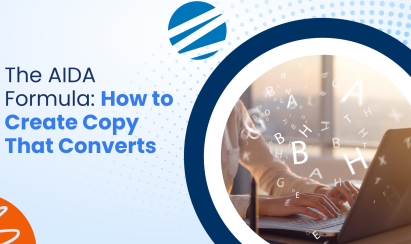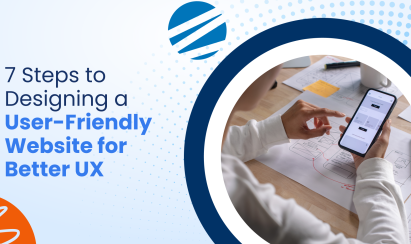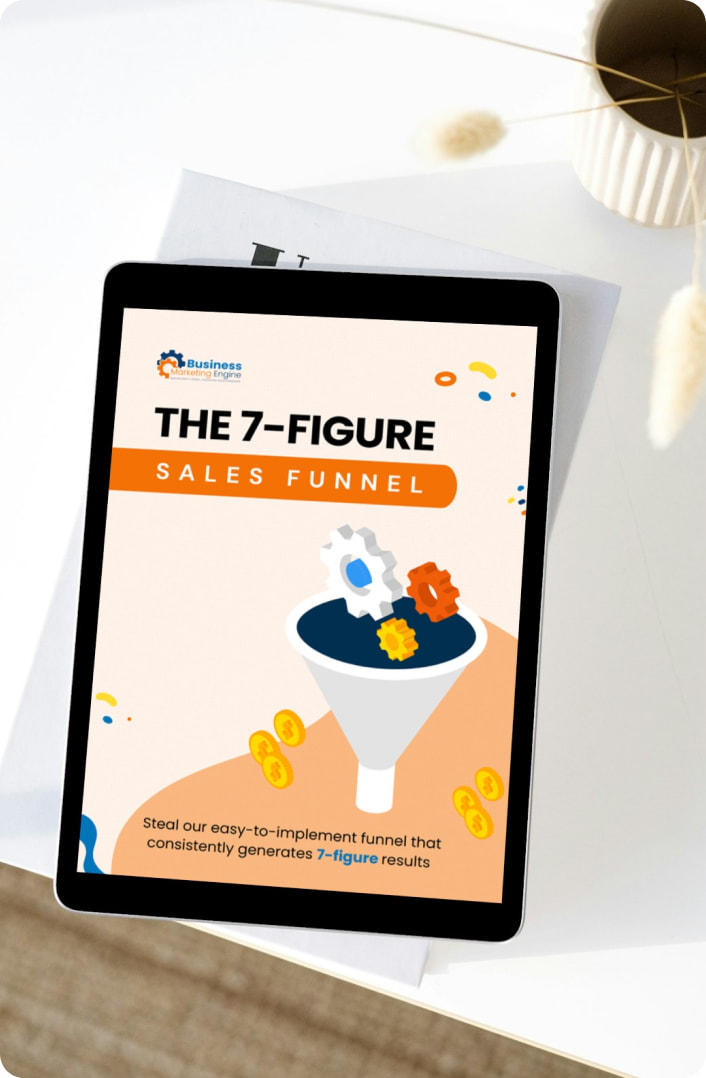In the Information Age, social media has become the new top marketing platform for businesses. Whether big or small, businesses are turning to popular social media channels like Facebook, Twitter, and Instagram for their marketing strategies, since social media has become the new resource of large consumer outreach and high revenue increase.
But with so much information clamoring for viewers’ attention, many of which include competing businesses with their own social media ad campaigns, how do you make sure that the ad campaign you spent so much time and money creating is the one that gets the most clicks and views online as possible? Unfortunately, not everything on the Internet is as free and open to the public as it once was. You now have to fight—and pay—your way to the top of the social media ladder to make sure your posts are the ones that your target audience of prospective consumers see first (this is now called “search engine optimization”, or SEO). Here’s why sponsoring social media posts are imperative for the success of your business marketing strategy, according to each popular social media network that business marketers should pay attention to.
First off, Facebook is the original social media giant
Facebook defeated and outlived MySpace and pioneered the way for other great social media channels like Twitter and Instagram. Facebook is now a publicly traded company, meaning that it is required to frequently demonstrate profitability to shareholders, which fortunately for Facebook and that team of shareholders, is usually very positive, as Facebook’s stock has been increasing over the last few years. Facebook is the crown jewel of social media marketing, a powerhouse brimming with unlimited potential for advertisers to reach out to their target markets and generate a huge profit, and its not going away anytime soon.
Because of all this, Facebook is usually the first place business marketers turn to for the distribution, promotion, and amplification of their ad content and campaigns, which makes it hard for businesses, especially new or small businesses, to find a place among all the clamor and competition for their posts to find an audience. Keep in mind, Facebook is no longer a good source for organic marketing outreach. It is now a pay-to-play network, or a network that gives special preference and advertising priority to businesses that can pay the most to be the first result viewers see on their social media pages, which can be bad for small or new businesses trying to find sponsorship for their own social media posts.
But there are still way to ensure that your social media posts find sponsorship, which means finding an audience and finding revenue all with just a click of a button. Your ad campaign needs to have certain features in order to be successfully sponsored without relying too heavily on paying the advertising execs at Facebook a huge fee for the privilege of having top SEO. Like with all social media advertisement in general, your social media posts need to be relevant and have strong visuals, ideal image format, a simple yet great call to action, and clear, straightforward value proposition for your product, brand, or service. These features are all key elements to hooking viewers’ attention and drawing them in from all the hubbub of their Facebook feeds, making sure that your social media posts are sponsored and stand out in a positive way that is great for you and your business.
Make sure that the images you upload on Facebook are somewhere between 600 x 600 or 1200 x 627 pixels, and that your posts have big and bold visuals that can stand out against a wall of text. Short and clear calls for action can also make it easier to grab a prospective consumer’s attention against a backdrop of status update after boring status update. Also, on Facebook the posts you make for your pitches are limited to about ninety characters, so make every character count. Focus less on trying to be clever and more on being clear and concise, it’ll pay off. Make sure your headlines are short and concise as well. They probably shouldn’t exceed five words.
Another key consideration for sponsoring social media posts on Facebook is designing the ad format itself. Like with all social media marketing strategies, you have to choose and create the right ad in order to get the right result. Unlike Page Post ads, which are typically used for separate Facebook profile pages for businesses, promoted posts are the most basic and inexpensive format for sponsoring your visual ad content.
Second to Facebook in popularity and marketing importance is Twitter.
Recent reports show that over 500 million tweets are posted every day, meaning there is nearly just as much traffic on Twitter as there is on Facebook, which can be good for finding lots of potential consumers and reaching out to target audiences, but tricky for giving your posts the strength and sponsorship they need to make their voice heard above all the noise, in order to channel in some of that traffic and generate profit.
Fortunately, in 2013 Twitter released seven types of what they call “Lead Generation Cards” to advertisers. These Cards can be embedded in or attached to the tweets you post, making content consumption more likely and more positive for its viewers and your potential customers. The supported file types for attachments and embedded material within these Cards are JPG, JPEG, PNG, and GIF, and a part of the HTML is required in the site header in order for the Card to be viewed successfully in the tweet. The Card’s title must also describe the content you are posting but this is not an exemption to Twitter’s 50 character limit—always a notorious challenge for social media marketers, and long making Twitter a daunting advertising prospect despite its longtime promise and potential. For the Card’s call-to-action label, like on Facebook, you should make them short, concise, and to the point while still showing off all the benefits and advantages of your product, brand, or service, and while also trying to be unique and interesting. You only have between 20 out of your total of 50 characters for you call-to-action label, so make each character count.
The next big social media network where it’s very important that your social media posts be sponsored is LinkedIn.
While LinkedIn is not the social media site that most people think of as being the third most important behind Facebook and Twitter for social media marketing, like Instagram or Snapchat or Youtube, LinkedIn is especially important for social media marketing and sponsorship because LinkedIn is strictly all about business. It’s not a generic, average social media platform where millions of people go to get in touch with their friends after a long day at work, but it still has a multimillion-strong user base because it helps people find work, connect with employers and other employees, and post about their skills and work experience. By its very nature, LinkedIn is a professional, business-oriented social media network, which makes it a prime prospect for social media marketers and, of course, social media post sponsorship.
Advertising on LinkedIn offers a variety of products, brands, and services to boost click-to-consumer conversions and drive traffic to their site. There aren’t as many formatting options on LinkedIn as there are for Facebook or Twitter, so you have to design your images and other visual content features for sidebar ads in order to make your posts more likely to be sponsored. Like Twitter, LinkedIn supports uploads for images with JPEG, PNG, and GIF formats with a maximum size of about 2MB. Once your image or other visual ad content is uploaded though, the image and other visuals will be automatically resized to fit into a 50-pixel square. According to LinkedIn, advertisements with strong images and visual features perform significantly better than advertisements who do not, so make sure your social media posts have this kind of imagery and visual content and that they fit within LinkedIn’s standard formatting requirements.
Other key considerations for making sure your social media posts are properly sponsored on LinkedIn is limiting your ads’ headlines to about 25 characters, limiting body descriptions in your advertisements to about 75 characters, and constant testing. Yes, testing. LinkedIn’s advertising platform is great in that it allows advertisers to post up to fifteen different versions of the same piece of ad content in order to see which one is the most effective and successful in gaining viewership and profit. This is extremely beneficial and generous to advertisers because it helps them test all different combinations of headlines, descriptions, images, and landing pages in order to find which are the best for click-to-consumer conversions and driving traffic.
Finally, with all this information in mind, it’s important to remember that all social media networks, regardless of their traffic, popularity, and differences in features and formatting, are all just distribution channels and will display ad networks for those who can pay a fee. Sponsorship is too important for contemporary business marketing strategies to abandon altogether if you cannot afford or simply do not want to pay a fee to the advertising execs running these social media platforms, so it’s important to build up a budget for this purpose. It’s worth it and will pay off in the long run. In the meantime, follow the formatting requirements, limits, and tips for post sponsorship for the three main social media networks to look out for: Facebook, Twitter, and LinkedIn.
For additional tips and help with your marketing efforts, sign up for one of our FREE online courses today.





For how long (days) is it best to sponsor a post?